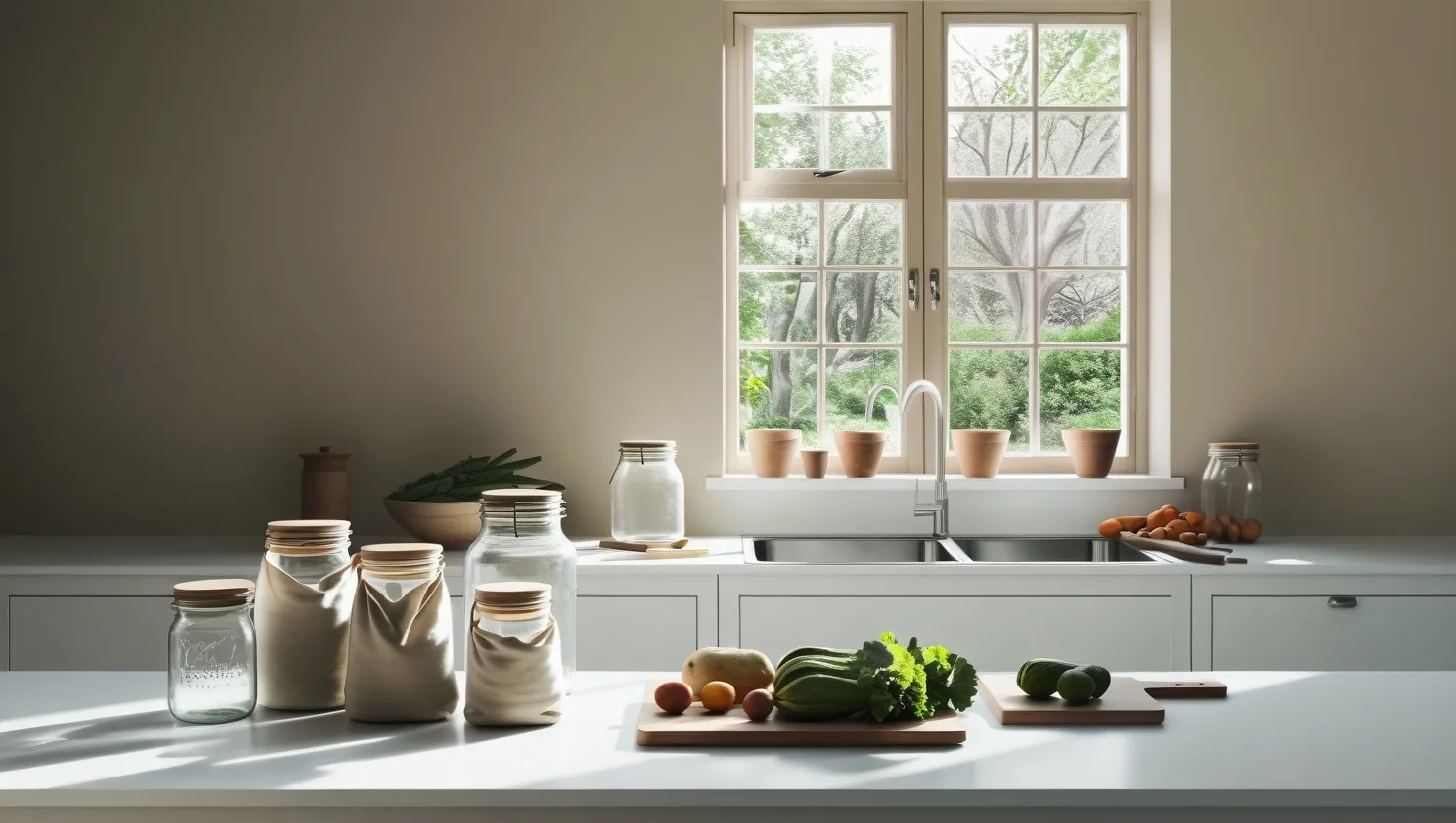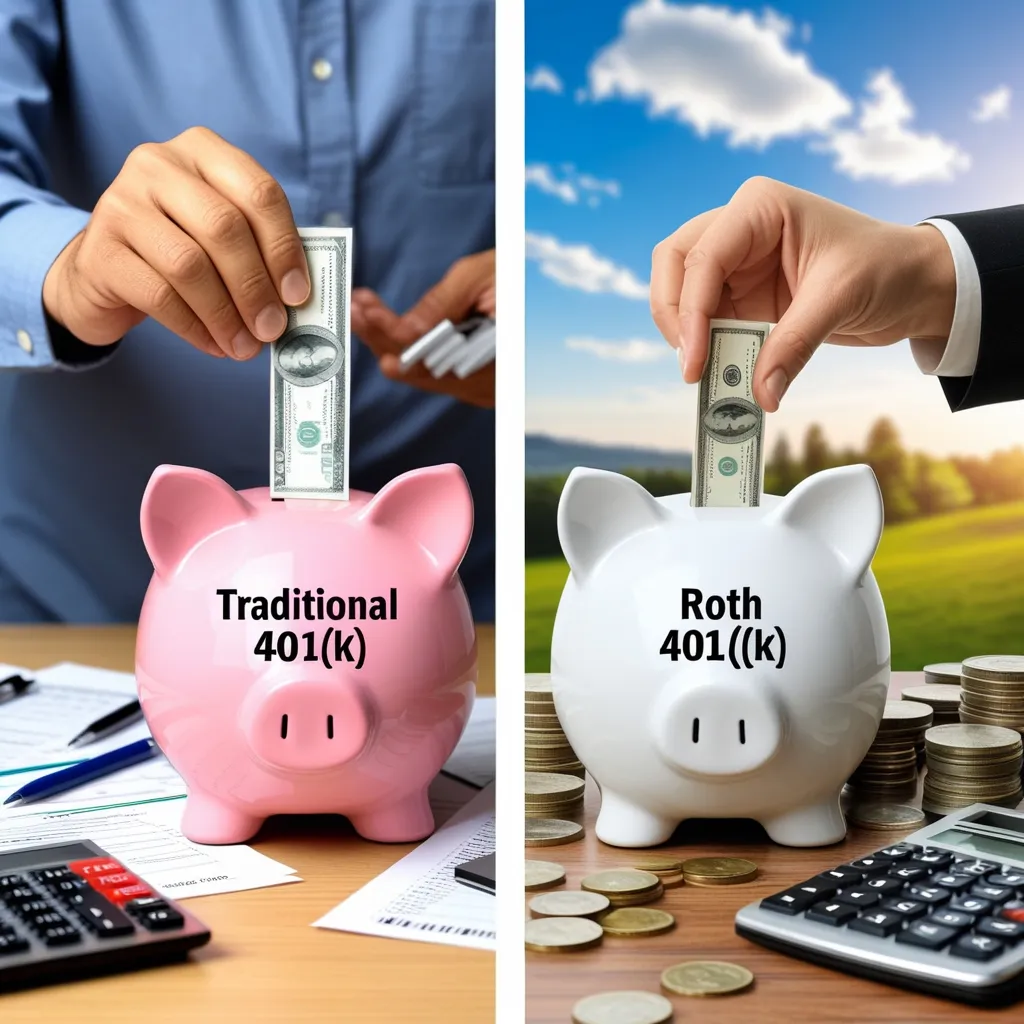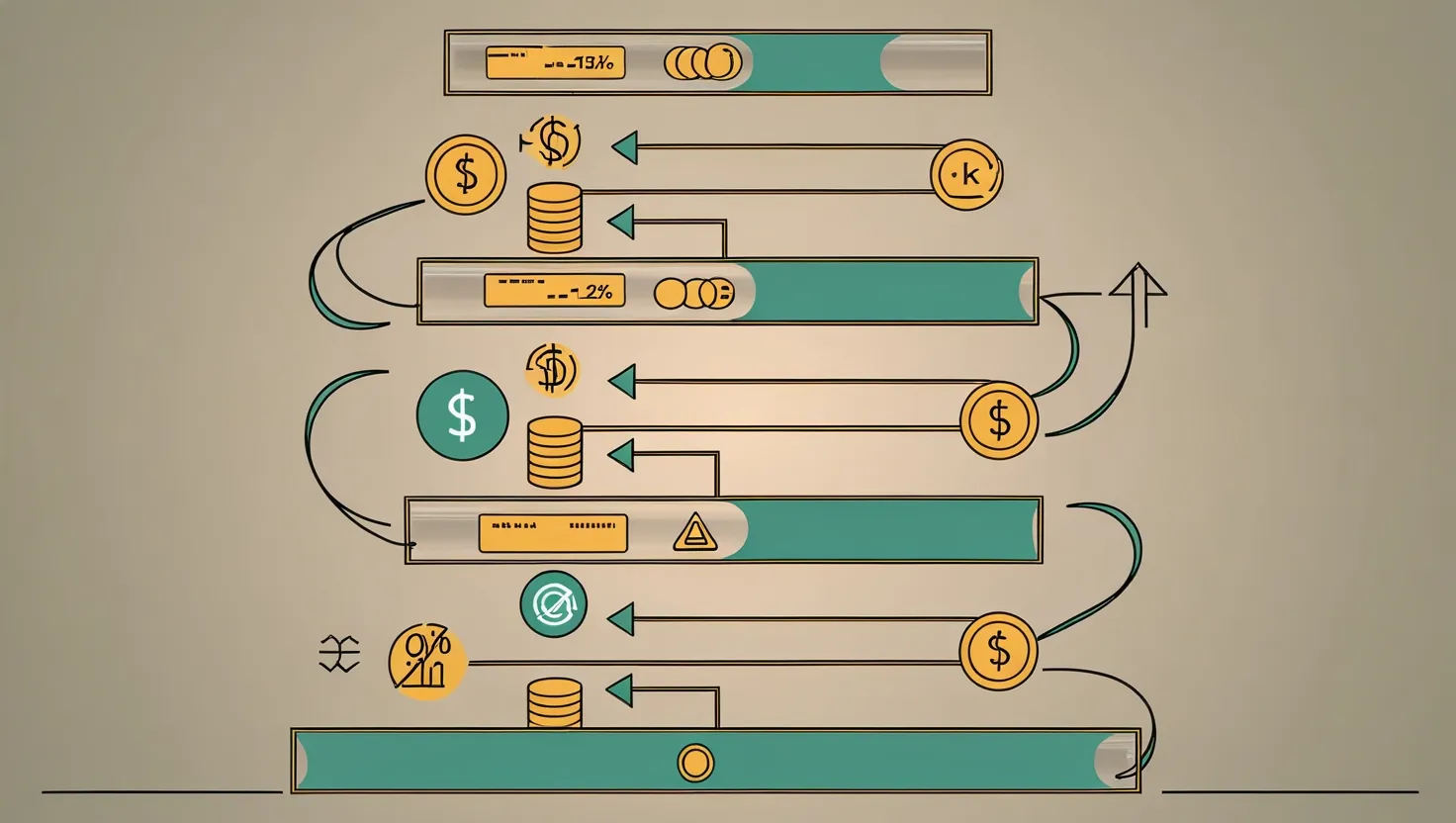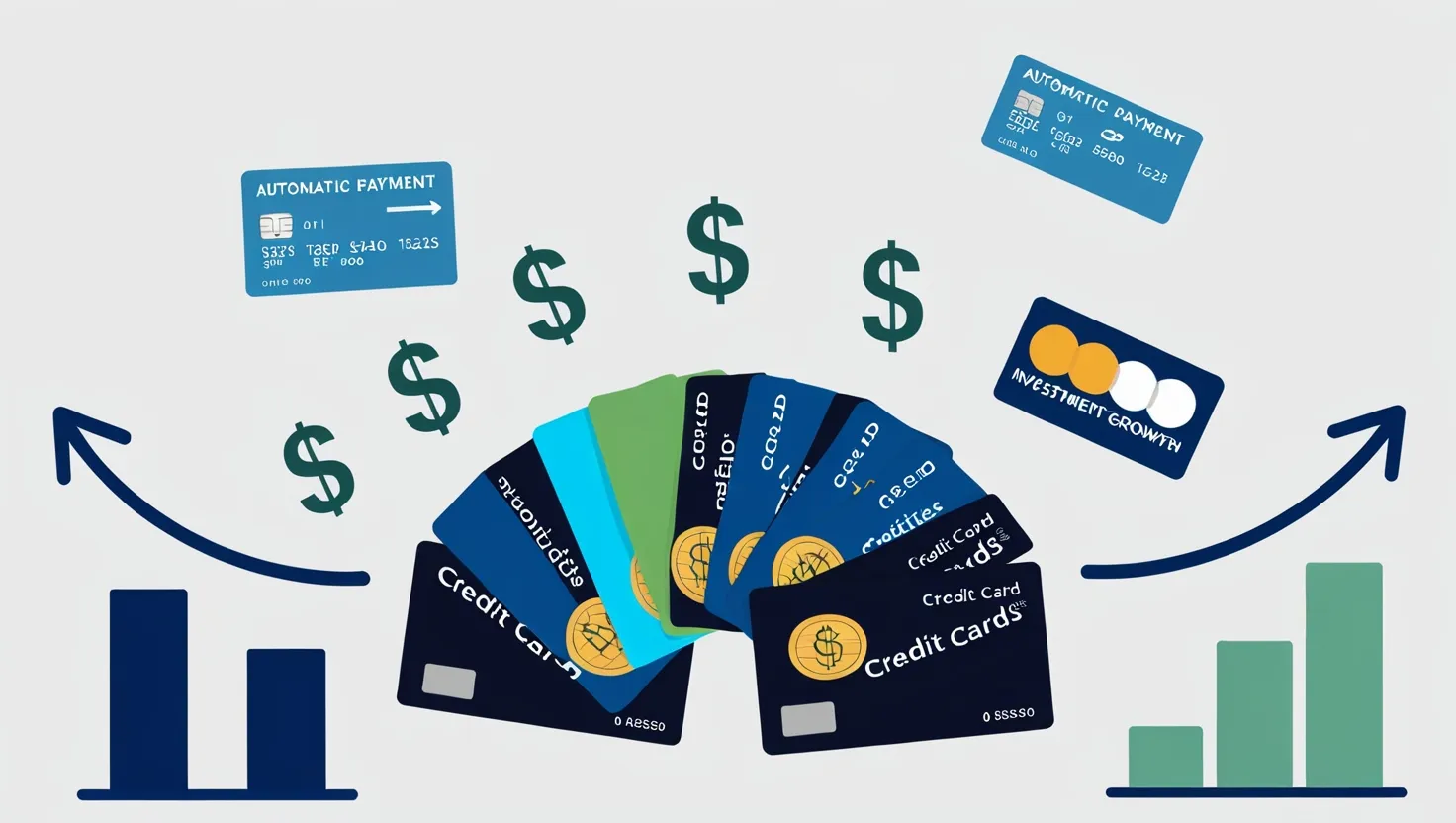Living sustainably on a budget is not just a trendy concept - it’s a practical approach that can transform your life and the world around you. As I’ve explored this topic, I’ve discovered that it’s less about making drastic changes and more about adopting small, consistent habits that add up over time.
Let’s start with the kitchen, often the heart of sustainable living. Implementing a zero-waste system might seem daunting, but it’s surprisingly simple. I’ve found that investing in a set of glass containers and cloth produce bags is a game-changer. These reusable items quickly pay for themselves as you start buying in bulk and avoiding packaged goods.
One of my favorite strategies is to track savings meticulously. It’s incredibly motivating to see the numbers add up. For instance, I used to spend about $450 a month on groceries, including $50 on disposable items. After switching to a zero-waste approach, my monthly grocery bill dropped to $300, with a one-time $40 investment in containers. That’s a monthly saving of $110!
“The greatest threat to our planet is the belief that someone else will save it.” - Robert Swan
This quote resonates deeply with me. It reminds us that sustainable living is a personal responsibility. We can’t wait for others to make changes; we must lead by example.
Energy efficiency is another crucial aspect of sustainable living on a budget. I’ve created an “energy efficiency fund” where I deposit the difference between my current and previous utility bills. This fund grows surprisingly quickly and can be used for further energy-saving investments like LED bulbs or a smart thermostat.
Have you ever considered how your eating habits impact both your wallet and the environment? Seasonal meal planning is a fantastic way to address this. By aligning your diet with what’s in season locally, you not only save money but also reduce the carbon footprint associated with transporting out-of-season produce.
Multi-purpose sustainable products are a budget-friendly secret weapon. For example, a high-quality stainless steel water bottle can serve as a coffee thermos, a water container, and even a small food storage unit. This approach eliminates the need for multiple single-use items, saving money and reducing waste.
Community involvement is often overlooked in discussions about sustainable living, but it’s a powerful tool. Joining a local produce co-op or community garden can significantly reduce food expenses while fostering a sense of connection with your neighbors. It’s a win-win situation that benefits your budget, your community, and the environment.
“The Earth is what we all have in common.” - Wendell Berry
This simple yet profound statement underscores the importance of collective action in sustainable living. It’s not just about individual choices; it’s about creating a community-wide shift towards more sustainable practices.
One of the most impactful strategies I’ve adopted is investing in quality, long-lasting items. It might seem counterintuitive to spend more upfront when you’re on a budget, but it’s a long-term saving strategy. A well-made piece of furniture or a durable appliance might cost more initially, but it will outlast cheaper alternatives many times over, reducing replacement costs and waste.
Have you ever calculated the true cost of your possessions, including maintenance and eventual replacement? It’s an eye-opening exercise that can reshape your purchasing habits.
Setting up a home maintenance schedule is another budget-friendly sustainable living strategy that’s often overlooked. Regular maintenance prevents small issues from becoming major, costly problems. It also extends the life of your appliances and home systems, reducing the need for replacements and the associated environmental impact.
Transportation is a significant aspect of both our budgets and our carbon footprints. Establishing a green transportation budget that prioritizes walking, cycling, and public transit can lead to substantial savings. I’ve found that by reducing my car usage, I’ve not only saved money on fuel and maintenance but also improved my health through increased physical activity.
“The best way to predict the future is to create it.” - Peter Drucker
This quote perfectly encapsulates the proactive nature of sustainable living. By making conscious choices today, we’re shaping a more sustainable future for ourselves and generations to come.
One strategy that’s been particularly effective for me is the “30-day rule” for non-essential purchases. When I’m tempted to buy something I don’t immediately need, I wait 30 days. If I still want it after that time, I’ll consider the purchase. More often than not, the urge passes, saving money and preventing unnecessary consumption.
Sustainable living on a budget also extends to how we manage our finances. I’ve found that aligning investments with sustainable companies not only supports environmentally responsible businesses but can also lead to long-term financial gains as these companies are often well-positioned for future growth.
Have you considered how your financial choices impact sustainability? It’s an often-overlooked aspect of eco-friendly living.
Learning to repair and maintain your own possessions is another powerful strategy. From mending clothes to fixing appliances, these skills can significantly extend the life of your belongings, reducing waste and saving money. There are countless free resources online to help you develop these skills.
Embracing minimalism is a natural complement to sustainable living on a budget. By focusing on what truly adds value to your life, you can reduce unnecessary purchases and find contentment with less. This approach not only saves money but also reduces your environmental impact.
“The greatest wealth is to live content with little.” - Plato
This ancient wisdom is more relevant than ever in our consumer-driven society. It reminds us that true wealth isn’t about accumulating possessions, but about finding contentment and purpose.
Creating a sustainable wardrobe on a budget is another area where small changes can have a big impact. I’ve adopted a “capsule wardrobe” approach, focusing on versatile, high-quality pieces that can be mixed and matched. This reduces the need for constant shopping and ensures that every item in my closet gets regular use.
Sustainable living on a budget also involves rethinking how we approach gifting and celebrations. I’ve found that experiences or homemade gifts often mean more to recipients than store-bought items. This approach reduces waste, saves money, and creates lasting memories.
Have you ever calculated the environmental impact of your celebrations? It can be a revealing exercise that leads to more mindful choices.
One often overlooked aspect of sustainable living is water conservation. Simple changes like fixing leaks promptly, installing low-flow fixtures, and collecting rainwater for gardening can lead to significant savings on water bills while conserving this precious resource.
Lastly, I’ve found that sustainable living on a budget is as much about mindset as it is about specific actions. It’s about valuing experiences over possessions, quality over quantity, and long-term benefits over short-term convenience. This shift in perspective not only leads to more sustainable choices but also to a more fulfilling life overall.
In conclusion, sustainable living on a budget is a journey of continuous learning and adaptation. It’s about making conscious choices that benefit both our finances and the environment. By implementing these strategies and remaining open to new ideas, we can create a lifestyle that’s not only affordable but also aligned with our values and the needs of our planet. Remember, every small action counts. What sustainable living strategy will you implement today?






